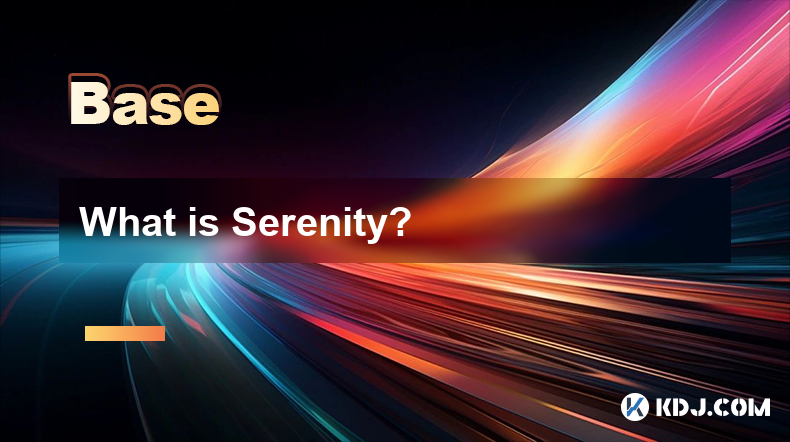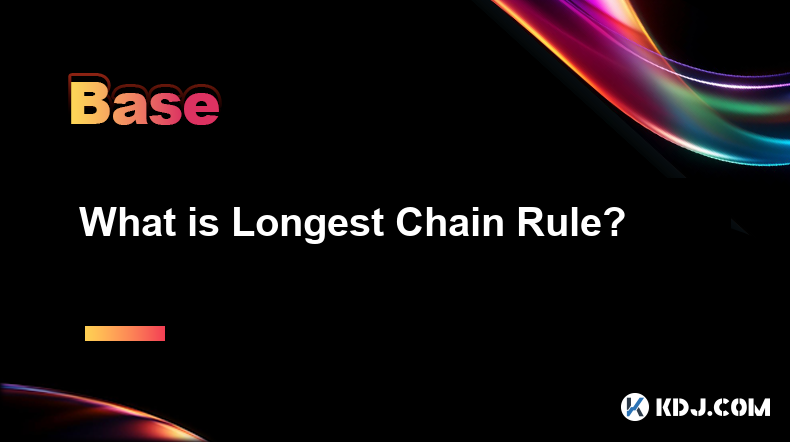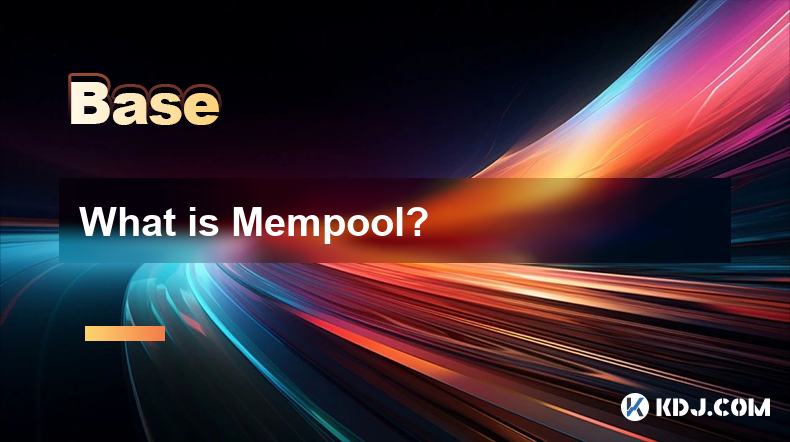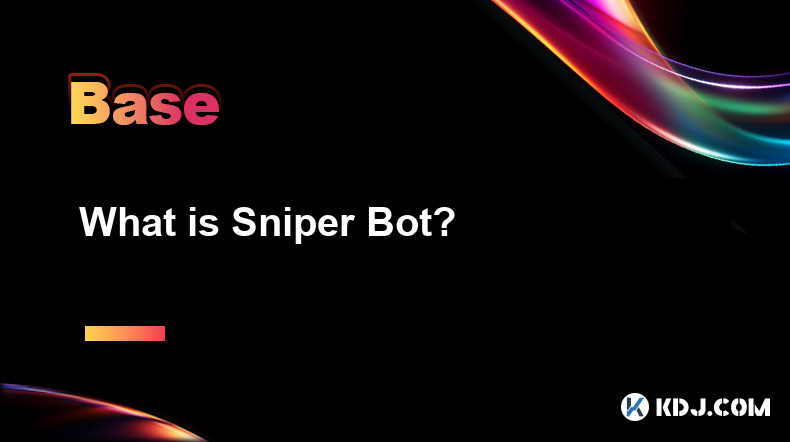-
 Bitcoin
Bitcoin $79,309.9469
5.46% -
 Ethereum
Ethereum $1,575.4794
6.76% -
 Tether USDt
Tether USDt $0.9996
0.03% -
 XRP
XRP $1.8684
10.75% -
 BNB
BNB $559.1592
4.86% -
 USDC
USDC $0.9998
-0.02% -
 Solana
Solana $108.9193
9.75% -
 Dogecoin
Dogecoin $0.1493
10.49% -
 TRON
TRON $0.2326
3.85% -
 Cardano
Cardano $0.5862
10.61% -
 UNUS SED LEO
UNUS SED LEO $8.9694
0.72% -
 Toncoin
Toncoin $3.1094
5.06% -
 Chainlink
Chainlink $11.6110
10.41% -
 Avalanche
Avalanche $17.1493
12.22% -
 Stellar
Stellar $0.2310
12.64% -
 Shiba Inu
Shiba Inu $0.0...01132
6.17% -
 Hedera
Hedera $0.1578
22.08% -
 Sui
Sui $2.0151
12.13% -
 MANTRA
MANTRA $6.2854
6.64% -
 Polkadot
Polkadot $3.5990
7.58% -
 Bitcoin Cash
Bitcoin Cash $276.8413
7.33% -
 Litecoin
Litecoin $71.4393
9.84% -
 Dai
Dai $1.0000
0.01% -
 Ethena USDe
Ethena USDe $0.9990
0.07% -
 Bitget Token
Bitget Token $4.1736
10.38% -
 Pi
Pi $0.5864
5.86% -
 Hyperliquid
Hyperliquid $11.9119
22.51% -
 Monero
Monero $207.4588
8.04% -
 Uniswap
Uniswap $5.1898
7.27% -
 OKB
OKB $52.1447
2.68%
Why is Chainlink called an oracle network?
Chainlink's oracle network connects smart contracts to real-world data, enabling them to execute based on external conditions, enhancing their functionality across various industries.
Apr 06, 2025 at 11:56 pm

Chainlink is often referred to as an oracle network due to its primary function of connecting smart contracts on blockchain networks with real-world data and external APIs. This connection is crucial because smart contracts, while powerful, are limited to the data available on the blockchain itself. Chainlink's oracle network bridges this gap by securely fetching, verifying, and delivering external data to smart contracts, enabling them to execute based on real-world events and conditions. This capability is what earns Chainlink its designation as an oracle network, as it serves as the "eyes and ears" of smart contracts, allowing them to interact with the world beyond the blockchain.
What is an Oracle in the Context of Blockchain?
In blockchain technology, an oracle is a service that provides smart contracts with external data. Smart contracts are self-executing contracts with the terms directly written into code, but they are confined to the data within their blockchain. Oracles act as bridges, bringing off-chain data onto the blockchain. This external data can include anything from price feeds, weather data, to event outcomes. By integrating this data, smart contracts can execute based on real-world conditions, making them more versatile and applicable to a wider range of use cases.
How Does Chainlink Function as an Oracle Network?
Chainlink operates as an oracle network by utilizing a decentralized network of nodes to fetch and deliver data to smart contracts. Here's how it works:
- Data Request: A smart contract on a blockchain sends a request for specific data.
- Node Selection: Chainlink's decentralized network selects nodes to fulfill the request based on their reputation and performance.
- Data Retrieval: The selected nodes retrieve the requested data from external sources.
- Data Verification: The data is then verified for accuracy and integrity through Chainlink's consensus mechanisms.
- Data Delivery: Once verified, the data is sent back to the smart contract, which can then execute based on the received information.
This process ensures that the data provided to smart contracts is reliable and tamper-proof, enhancing the security and functionality of decentralized applications (dApps).
The Importance of Decentralization in Chainlink's Oracle Network
Decentralization is a key feature of Chainlink's oracle network, and it plays a crucial role in ensuring the reliability and security of the data provided to smart contracts. By using a network of independent nodes, Chainlink reduces the risk of a single point of failure or manipulation. If one node provides inaccurate data, the decentralized consensus mechanism can identify and reject it, ensuring that only accurate data is delivered to the smart contract. This decentralized approach not only enhances the security of the data but also increases the resilience and trustworthiness of the entire oracle network.
Use Cases of Chainlink's Oracle Network
Chainlink's oracle network has a wide range of applications across various industries. Some notable use cases include:
- Decentralized Finance (DeFi): Chainlink provides price feeds for DeFi platforms, enabling them to offer lending, borrowing, and trading services based on real-time market data.
- Insurance: Smart contracts can use Chainlink to access weather data, allowing for automatic payouts based on predefined conditions.
- Supply Chain Management: Chainlink can integrate data from IoT devices to track shipments and ensure the integrity of supply chains.
- Gaming and Betting: Chainlink can provide verifiable randomness and event outcomes, making it possible to create fair and transparent gaming and betting platforms.
These use cases demonstrate the versatility and potential of Chainlink's oracle network in enhancing the functionality of smart contracts across different sectors.
The Role of LINK Token in Chainlink's Oracle Network
The LINK token is the native cryptocurrency of the Chainlink network, and it plays a crucial role in its operation. Here's how the LINK token functions within the oracle network:
- Payment for Services: Node operators are paid in LINK tokens for providing data to smart contracts. This incentivizes them to maintain high-quality and reliable services.
- Staking: Node operators can stake LINK tokens to participate in the network, which helps ensure their commitment to providing accurate data.
- Governance: LINK token holders can participate in the governance of the Chainlink network, voting on proposals and upgrades to the protocol.
The LINK token thus serves as both a utility and a governance token, essential for the smooth operation and development of Chainlink's oracle network.
Security Measures in Chainlink's Oracle Network
Security is paramount in the operation of an oracle network, and Chainlink employs several measures to ensure the integrity and reliability of the data it provides. Some of these measures include:
- Decentralized Node Network: By using a decentralized network of nodes, Chainlink reduces the risk of data manipulation and single points of failure.
- Data Verification: Chainlink uses cryptographic proofs and consensus mechanisms to verify the accuracy of the data provided by nodes.
- Reputation System: Node operators are rated based on their performance and reliability, ensuring that only trusted nodes are selected to provide data.
- Off-Chain Reporting: Chainlink's off-chain reporting protocol allows nodes to aggregate and verify data off-chain before reporting it to the blockchain, reducing the cost and increasing the efficiency of data delivery.
These security measures help ensure that the data provided by Chainlink's oracle network is reliable and secure, making it a trusted solution for smart contract applications.
Chainlink's Impact on the Blockchain Ecosystem
Chainlink's oracle network has had a significant impact on the blockchain ecosystem, enabling the development of more advanced and practical decentralized applications. By providing a reliable and secure way to access external data, Chainlink has unlocked new possibilities for smart contracts, making them more versatile and applicable to real-world scenarios. This has led to the growth of the DeFi sector, as well as the emergence of new use cases in industries such as insurance, supply chain management, and gaming. Chainlink's contribution to the blockchain ecosystem has been instrumental in driving the adoption and evolution of decentralized technologies.
Future Developments and Innovations in Chainlink's Oracle Network
Chainlink continues to innovate and expand its capabilities, with several exciting developments on the horizon. Some of these include:
- Cross-Chain Interoperability: Chainlink is working on solutions to enable smart contracts to interact across different blockchains, enhancing the interoperability of decentralized applications.
- Verifiable Random Functions (VRF): Chainlink's VRF provides a secure and verifiable source of randomness, which is crucial for applications such as gaming and lotteries.
- Decentralized Computing: Chainlink is exploring the use of decentralized computing resources to enhance the scalability and efficiency of its oracle network.
- Integration with Traditional Financial Systems: Chainlink is working on integrating with traditional financial systems, enabling smart contracts to access and interact with financial data and services.
These future developments highlight Chainlink's commitment to advancing the capabilities of its oracle network and expanding its impact on the blockchain ecosystem.
Common Questions Related to Chainlink and Oracle Networks
Q: What is the main function of Chainlink's oracle network?
A: The main function of Chainlink's oracle network is to provide smart contracts with access to real-world data and external APIs, enabling them to execute based on off-chain information.
Q: How does Chainlink ensure the security of the data it provides?
A: Chainlink ensures the security of its data through a decentralized network of nodes, data verification mechanisms, a reputation system for node operators, and off-chain reporting protocols.
Q: What is the role of the LINK token in Chainlink's oracle network?
A: The LINK token serves as a utility and governance token within Chainlink's oracle network. It is used to pay node operators for their services, stake for participation in the network, and vote on governance proposals.
Q: Can you provide examples of use cases for Chainlink's oracle network?
A: Yes, some examples include providing price feeds for DeFi platforms, enabling automatic payouts in insurance based on weather data, tracking shipments in supply chain management, and providing verifiable randomness for gaming and betting platforms.
Q: What are some future developments planned for Chainlink's oracle network?
A: Future developments include enhancing cross-chain interoperability, implementing verifiable random functions, exploring decentralized computing, and integrating with traditional financial systems.
Disclaimer:info@kdj.com
The information provided is not trading advice. kdj.com does not assume any responsibility for any investments made based on the information provided in this article. Cryptocurrencies are highly volatile and it is highly recommended that you invest with caution after thorough research!
If you believe that the content used on this website infringes your copyright, please contact us immediately (info@kdj.com) and we will delete it promptly.
- Wyoming Is Launching a Stablecoin Later This Year, Which Could Be the First Issued by a Public Entity in the U.S.
- 2025-04-08 14:20:12
- BNB vs SOL: Which Crypto to Invest in?
- 2025-04-08 14:20:12
- Big News for XRP as Ripple CEO Meets with Trump and Sparks Intrigue Within the Cryptocurrency Community Hinting at Promising Developments.
- 2025-04-08 14:15:12
- Interactive Brokers Expands Cryptocurrency Portfolio by Adding Four Major Altcoins
- 2025-04-08 14:15:12
- US stocks fall on Wednesday, dragged down by a sharp sell-off in tech stocks, as renewed trade war concerns rattle investors
- 2025-04-08 14:10:12
- Just 24 Hours After Adding Its Name to the Roster of Companies Pursuing a Bitcoin (BTC) Treasury Strategy, GameStop (GME) — Led by Its CEO Ryan Cohen — Is Also Adding Its Name to Those Firms Issuing Convertible Debt to Raise Funds for BTC Acquisition
- 2025-04-08 14:10:12
Related knowledge

What is Serenity?
Apr 08,2025 at 02:00pm
Serenity, also known as Ethereum 2.0, represents a major upgrade to the Ethereum blockchain. This ambitious project aims to address the scalability, security, and sustainability issues faced by the current Ethereum network. Serenity is not a single update but a series of upgrades that will transform Ethereum into a more efficient and robust platform. Th...

What is Finality Gadget?
Apr 08,2025 at 04:14am
The Finality Gadget is a crucial component in the architecture of certain blockchain networks, particularly those that utilize a hybrid consensus mechanism. It plays a pivotal role in ensuring the finality of transactions, which means that once a transaction is confirmed, it cannot be altered or reversed. This article delves into the intricacies of the ...

What is Longest Chain Rule?
Apr 08,2025 at 07:50am
The Longest Chain Rule is a fundamental concept in blockchain technology, particularly in the context of cryptocurrencies like Bitcoin. This rule is crucial for maintaining the integrity and security of the blockchain network. In essence, the Longest Chain Rule dictates that the valid blockchain is the one with the most cumulative proof-of-work, which i...

What is Orphan Block?
Apr 08,2025 at 05:00am
What is an Orphan Block?In the world of cryptocurrencies, particularly in blockchain technology, the term orphan block is frequently encountered. An orphan block is a block that has been mined and added to the blockchain but is later discarded or replaced by another block. This phenomenon occurs due to the decentralized nature of blockchain networks, wh...

What is Mempool?
Apr 08,2025 at 12:36pm
What is Mempool?In the world of cryptocurrencies, particularly Bitcoin, the term Mempool is frequently mentioned. But what exactly is a Mempool, and why is it important? A Mempool, short for memory pool, is a critical component of the blockchain network that serves as a temporary storage area for unconfirmed transactions. When a user initiates a transac...

What is Sniper Bot?
Apr 07,2025 at 10:43pm
A Sniper Bot is a type of automated trading software used within the cryptocurrency market to execute trades at optimal times, often milliseconds before other traders. These bots are designed to take advantage of new token listings, price fluctuations, and other market opportunities to buy or sell assets quickly and efficiently. The primary goal of a Sn...

What is Serenity?
Apr 08,2025 at 02:00pm
Serenity, also known as Ethereum 2.0, represents a major upgrade to the Ethereum blockchain. This ambitious project aims to address the scalability, security, and sustainability issues faced by the current Ethereum network. Serenity is not a single update but a series of upgrades that will transform Ethereum into a more efficient and robust platform. Th...

What is Finality Gadget?
Apr 08,2025 at 04:14am
The Finality Gadget is a crucial component in the architecture of certain blockchain networks, particularly those that utilize a hybrid consensus mechanism. It plays a pivotal role in ensuring the finality of transactions, which means that once a transaction is confirmed, it cannot be altered or reversed. This article delves into the intricacies of the ...

What is Longest Chain Rule?
Apr 08,2025 at 07:50am
The Longest Chain Rule is a fundamental concept in blockchain technology, particularly in the context of cryptocurrencies like Bitcoin. This rule is crucial for maintaining the integrity and security of the blockchain network. In essence, the Longest Chain Rule dictates that the valid blockchain is the one with the most cumulative proof-of-work, which i...

What is Orphan Block?
Apr 08,2025 at 05:00am
What is an Orphan Block?In the world of cryptocurrencies, particularly in blockchain technology, the term orphan block is frequently encountered. An orphan block is a block that has been mined and added to the blockchain but is later discarded or replaced by another block. This phenomenon occurs due to the decentralized nature of blockchain networks, wh...

What is Mempool?
Apr 08,2025 at 12:36pm
What is Mempool?In the world of cryptocurrencies, particularly Bitcoin, the term Mempool is frequently mentioned. But what exactly is a Mempool, and why is it important? A Mempool, short for memory pool, is a critical component of the blockchain network that serves as a temporary storage area for unconfirmed transactions. When a user initiates a transac...

What is Sniper Bot?
Apr 07,2025 at 10:43pm
A Sniper Bot is a type of automated trading software used within the cryptocurrency market to execute trades at optimal times, often milliseconds before other traders. These bots are designed to take advantage of new token listings, price fluctuations, and other market opportunities to buy or sell assets quickly and efficiently. The primary goal of a Sn...
See all articles






















































































